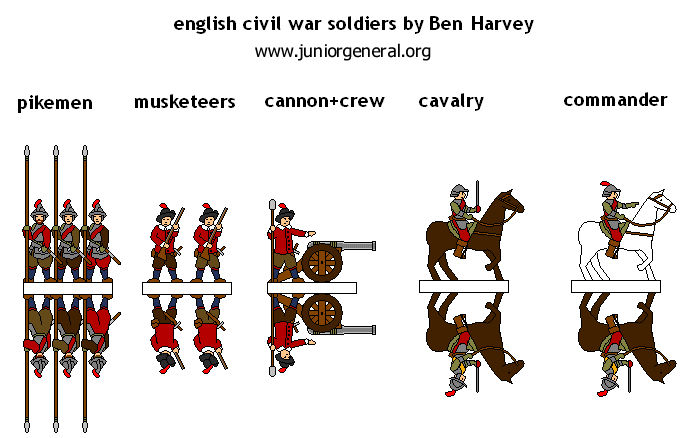- 02 Jul 2010 11:41
#13433887
So, in the age of shot and pike, where pike-armed infantry generally fought other pike armed infantry while other arms (the afore mentioned shot, artillery and the cavalry) did their bit. References are made to the 'push of pike'... but I don't get it, and I'm hoping someone can explain this for me.
Cavalry, we are told, won't charge home against a pike armed formation because the horse won't happily throw itself into a wall of spikes. Why do the infantry do this then? I suppose the guys at the back of the formation just push everyone else in. But doesn't that mean that the two formations become deadlocked on contact, a sort of sandwich filled with those who died going into contact and those now too compressed to do anything useful? Pikemen were generally not well armoured so I would have thought casualties would be high. While I suppose it would be hard to actually hit someone specifically with a pike, I would have thought a 'wall' of them would be bound to hit someone in the other 'wall'.
I can follow the idea of 'push' in ancient warfare between phalanxes, since combatants (as I understand it) were generally equipped with a shield and were probably more likely to be wearing armour. So in effect they are better equipped to close in and have an ideal tool for pushing the other side. The pikeman does not have these things.
So how does the 'push of pike' actually work? Or have I just misunderstood the warfare of this particular period?
Cavalry, we are told, won't charge home against a pike armed formation because the horse won't happily throw itself into a wall of spikes. Why do the infantry do this then? I suppose the guys at the back of the formation just push everyone else in. But doesn't that mean that the two formations become deadlocked on contact, a sort of sandwich filled with those who died going into contact and those now too compressed to do anything useful? Pikemen were generally not well armoured so I would have thought casualties would be high. While I suppose it would be hard to actually hit someone specifically with a pike, I would have thought a 'wall' of them would be bound to hit someone in the other 'wall'.
I can follow the idea of 'push' in ancient warfare between phalanxes, since combatants (as I understand it) were generally equipped with a shield and were probably more likely to be wearing armour. So in effect they are better equipped to close in and have an ideal tool for pushing the other side. The pikeman does not have these things.
So how does the 'push of pike' actually work? Or have I just misunderstood the warfare of this particular period?
[ Forum Rules ][ Newbie Guide ][ Mission Statement ][ FAQ ]















 . So, did pikemen use their pikes against each other? In the video they seem to opt for simple 'pushing', but I don't know if that's more an outcome of the re-enactment rather than the tactics used.
. So, did pikemen use their pikes against each other? In the video they seem to opt for simple 'pushing', but I don't know if that's more an outcome of the re-enactment rather than the tactics used.







 - By grassroots1
- By grassroots1 - By Verv
- By Verv